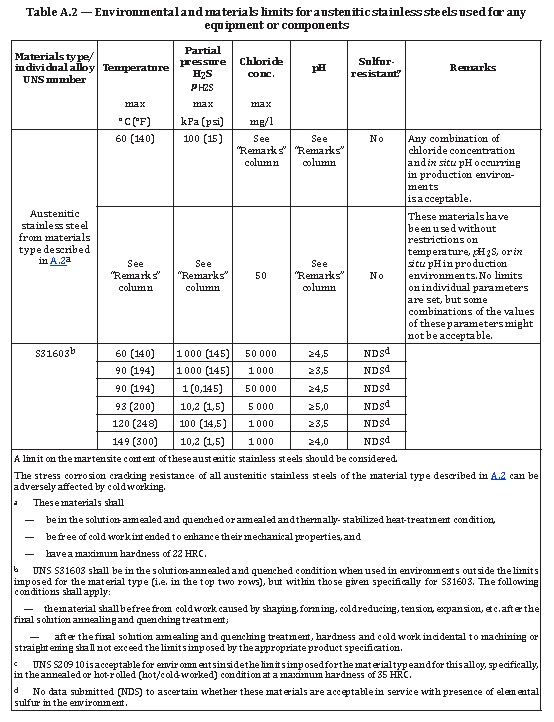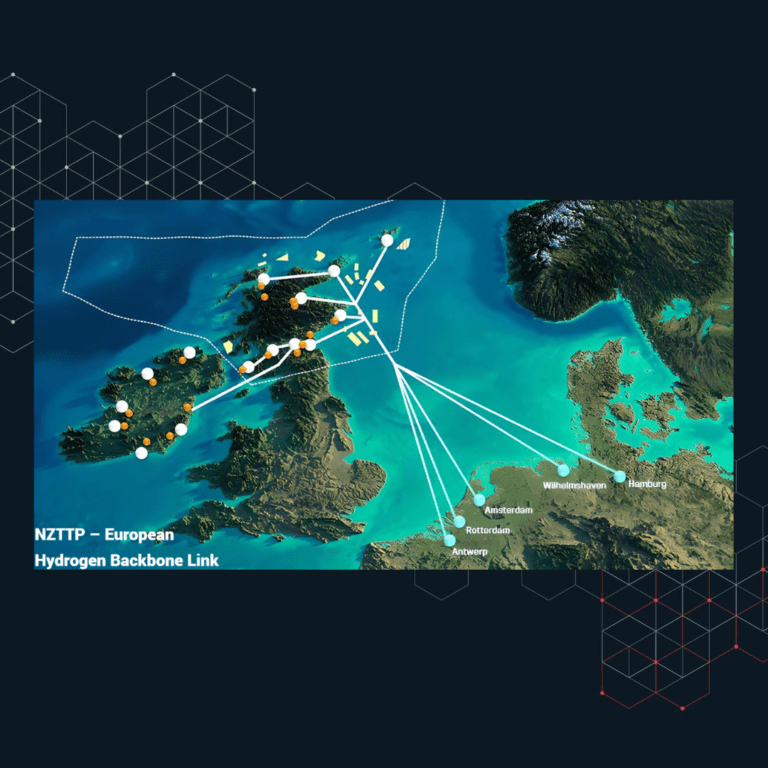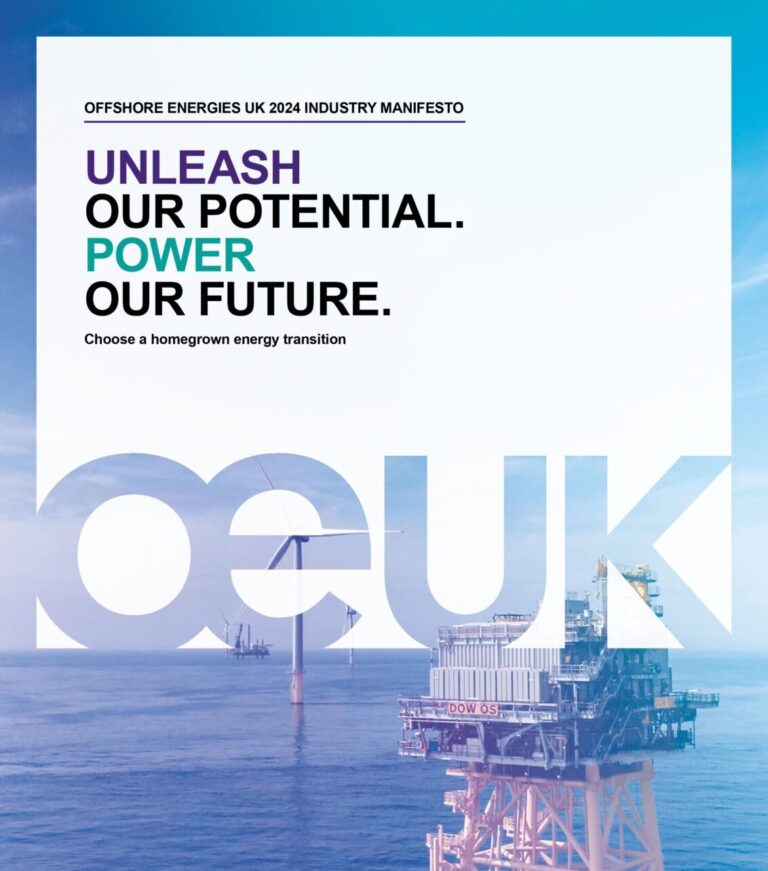New limits for 316L in NACE MR0175 / ISO 15156
UPDATE: The information discussed here has been fully incorporated in the ANSI / NACE MR0175 / ISO 15156 Rev 2015, make sure you read our blog about the changes in ANSI / NACE MR0175 / ISO 15156
The environmental limits for austenitic stainless steel 316L (UNS S31603) were updated in NACE MR0175 through a Technical Circular 2013 and later on fully implemented in the 2015 revision.
Technical circular #2 of NACE MR0175 / ISO 15156 – 2009 was issued on the 27th of August, 2013. This NACE MR0175 / ISO 15156 circular addresses, among other changes, the updated limits for 316L (UNS S31603). These changes were based on experimental data such as Ref 1.
The changes mean that the limits at 149⁰C (1.5psi ppH2S, 1000mg/l Chlorides and a pH ≥ 4 remain; in addition to this limit, the experimental data has been included to define new limits at 60⁰C, 90⁰C, 93⁰C and 120⁰C. At 60⁰C the ppH2S is increased to a maximum of 145psi and chloride content of 50,000mg/l at a pH of 4.5 or above. This is a considerable change that will have an impact on the materials selection of new equipment. It will also impact the life extension of existing assets.
During the material selection when considering 316L, is very important to review the operating (and design) conditions against the limits stated in the Technical Corrigenda #2. Similar values were included in Norsok M001, however, with the inclusion on NACE MR0175 / ISO 15156, we expect to see significant effects around the world.
UPDATE December 2016
This article was originally published before ISO 15156 : 2015 was published. The changes mentioned here are fully incorporated now as shown in Table A.2

OGC Energy has developed alloyselect.com, a cloud-based software for materials selection. You can use alloyselect.com to confirm 316L is suitable for a production environment.
Contact us to find out more or use our webchat for materials and corrosion support.
Ref 1. Paper 10308 presented at Corrosion 2010. San Antonio, Texas, USA, 14-18 March 2010.



